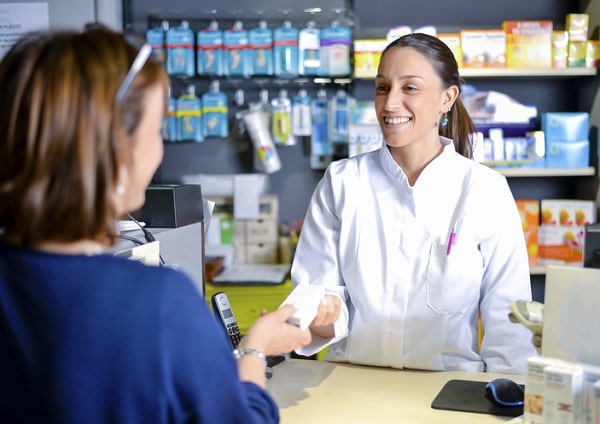
If you are interested in becoming a clinical research professional, your role in the safety and marketing of pharmaceuticals or other product life cycles will be major. Whether you work in pharmacovigilance, with natural health products, cosmetics, or other related industries, understanding the phases of a product’s life cycle is key.
As defined by Health Canada, the life cycle of a product includes several stages:
- Pre-clinical studies
- Clinical trials
- Submission of product information to regulatory agency
- Regulatory agency decision on whether to authorize sale of the product
- Public access to product
- Post-market surveillance, inspection, and investigation
To learn more about post-marketing surveillance and why it’s important, keep reading!
How to Define Post-marketing Surveillance
Although products go through several stages before reaching the market, as shown above, the monitoring of products after they are approved is still necessary. Post-marketing surveillance is important to regulatory affairs and includes components you can learn about in clinical research courses in Toronto, such as:
- Reporting adverse events
- Doing literature reviews
- Summarizing product characteristics or label changes
- Conducting safety reporting
This phase of a product life cycle is important because it involves the assessment, detection, and prevention of issues related to pharmaceuticals or other products. Tracking known or unknown side effects, efficacy, and adverse events are all part of post-marketing surveillance.

Research continues, even after a product has been approved for sale
Regulatory Affairs Activities
One of the organizations responsible for managing post-marketing surveillance is Health Canada. In a clinical research program, you will be introduced to the big picture of the Canadian pharmaceutical industry and the interactions between CCRP professionals and regulatory organizations.
What does Health Canada do with post-marketing surveillance information? Their activities in this area include:
- Evaluation of data to detect new safety signals
- Process post-market adverse reaction reports, and medical devices incident reports
- Publish safety reviews for the public
- Regulates the marketing and advertising of health products
- Reviews advertising complaints
In a previous blog, we covered safety signal interpretation, which is an important component of post-marketing surveillance and interactions between clinical research professionals and regulatory organizations.

Health Canada will communicate with consumers and professionals to ensure safety
Methods of Post-marketing Surveillance for CCRP Professionals
Adverse events or adverse reactions (ARs)are the main concern of post-marketing surveillance. These events or reactions refer to any unintended and negative effects of a product. The methods for monitoring ARs and other post-marketing surveillance activities include:
- Consumer, or patient surveys
- Review and study reports from medical or clinical professionals
- Checks or audits by regulatory agencies
- The monitoring of the costs and supply of products (by regulatory agencies)

Surveys are just one way of gathering data about a product after its approval for sale
Post-marketing surveillance requires professionals to gather data in different ways in order to do proper assessments and evaluations of products being sold and advertised to consumers. These activities ensure the safety and efficacy of products on the market.
Want to know more about becoming a CCRP professional?
Contact the Academy of Applied Pharmaceutical Sciences today!



